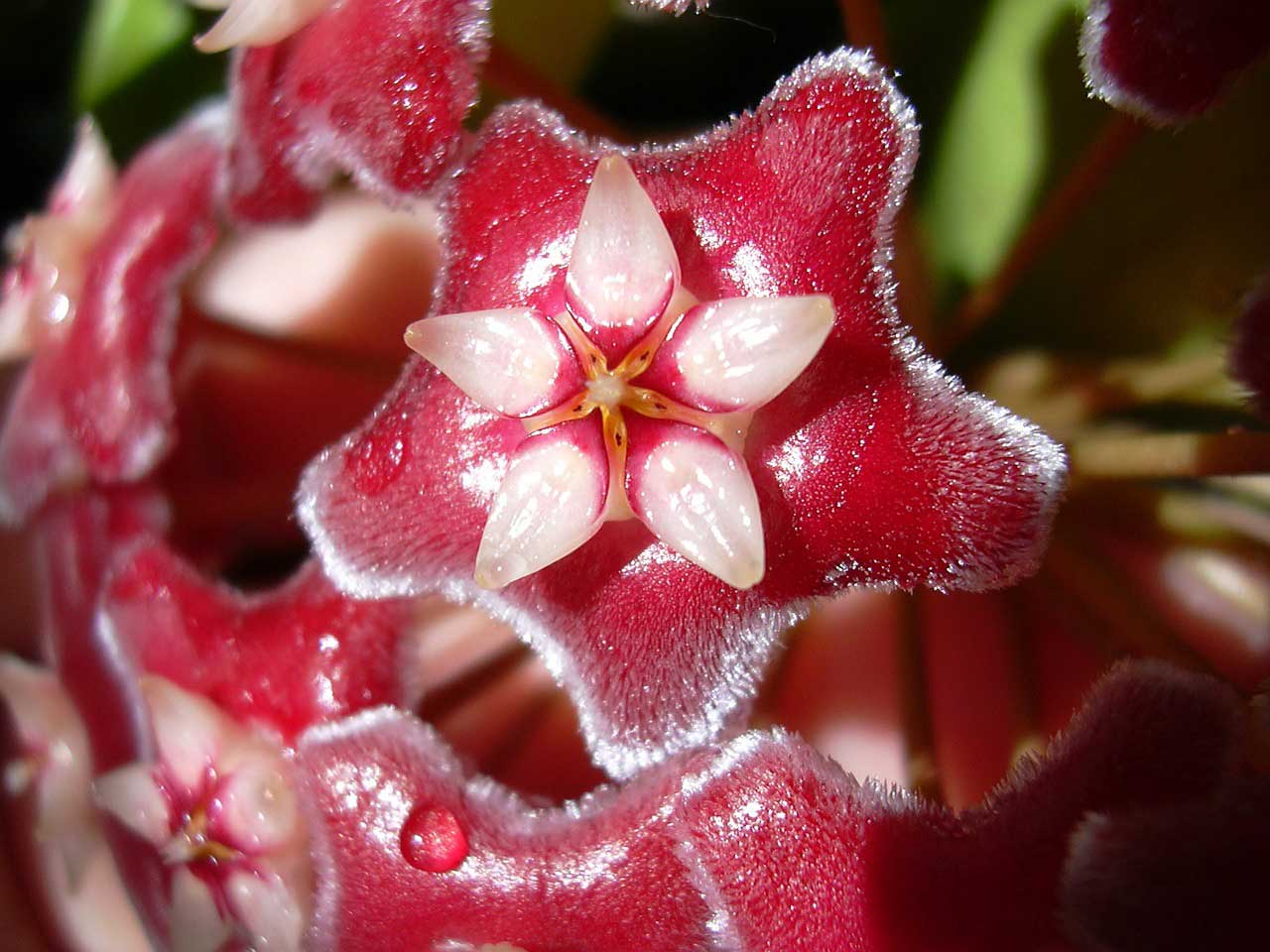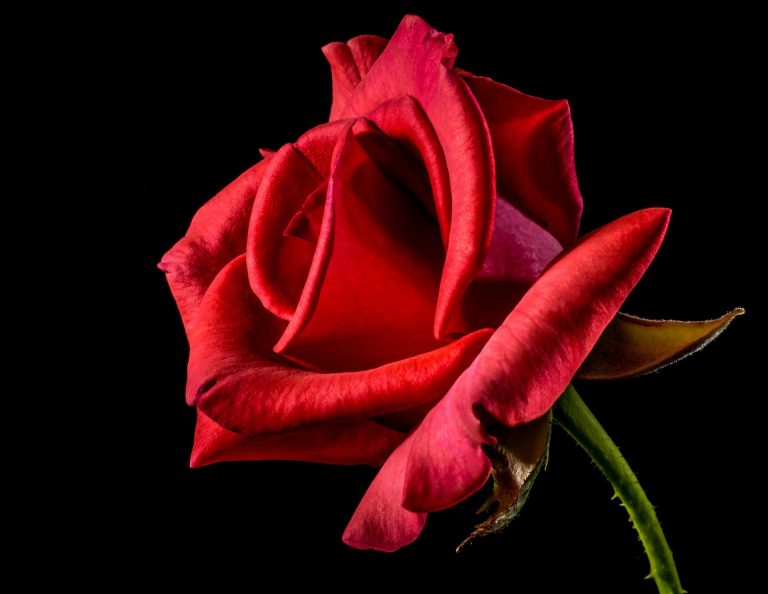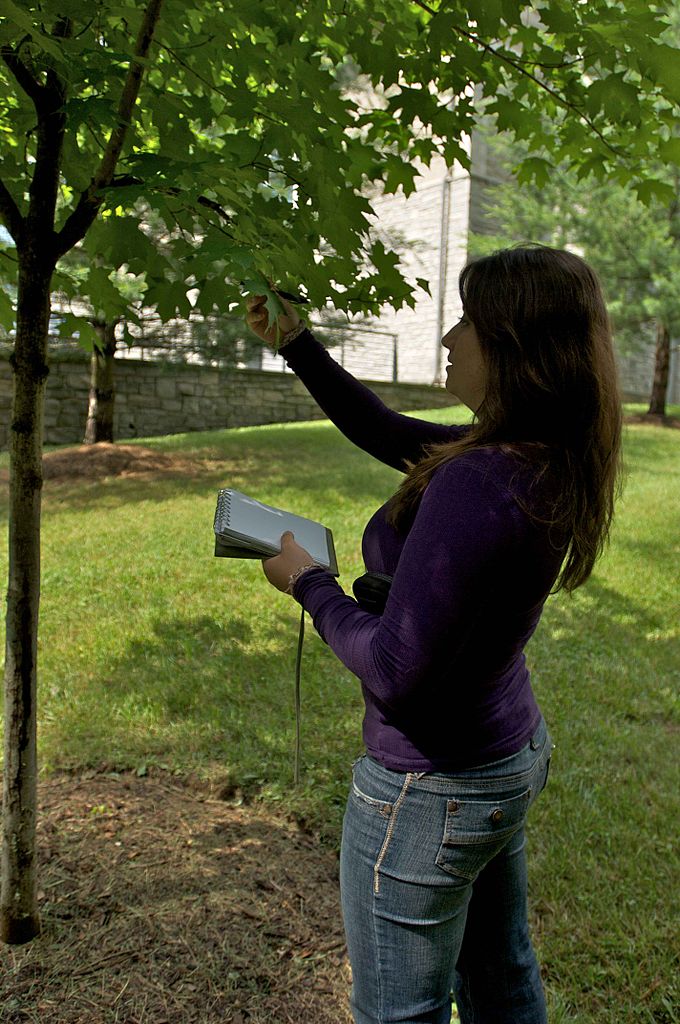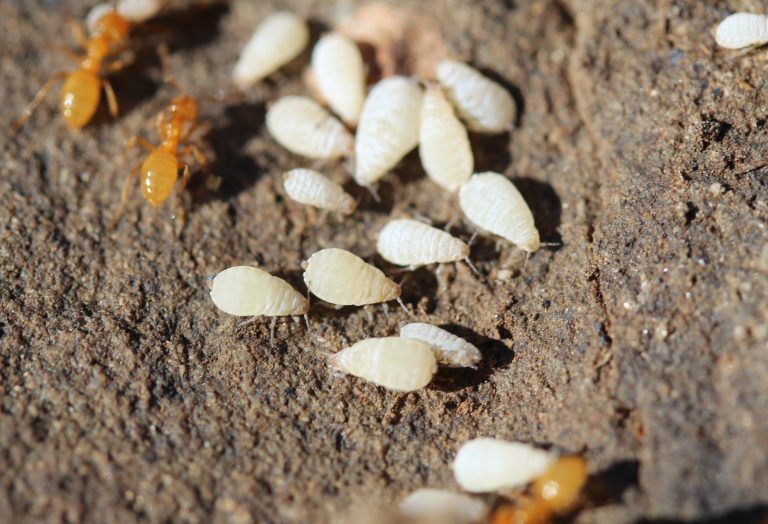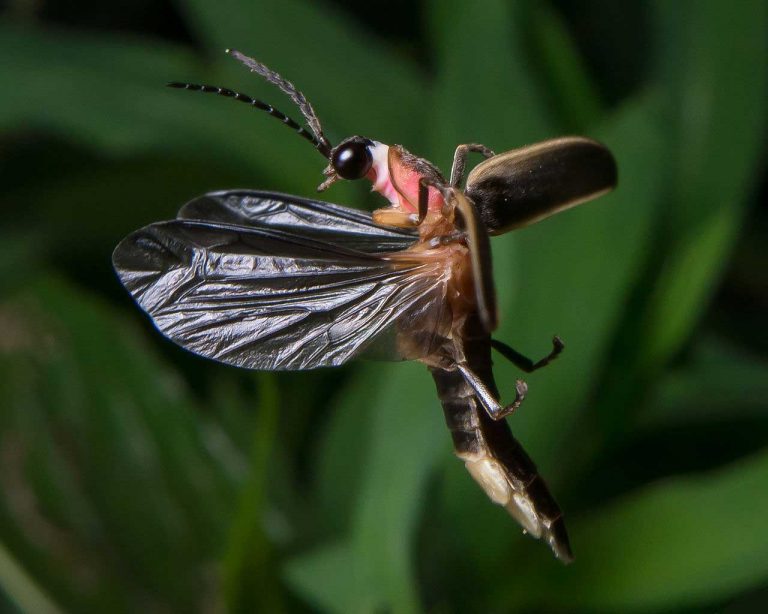Wax Flowers – Symbolizing Riches, Lasting Wealth, Success, Enduring Love and Patience
Scientific Classification
| Kingdom: | Plantae |
| (unranked): | Angiosperms |
| (unranked): | Eudicots |
| (unranked): | Rosids |
| Order: | Myrtales |
| Family: | Myrtaceae |
| Tribe: | Chamelaucieae |
| Genus: | Chamelaucium Desf. |
| Type Species: | Chamelaucium ciliatum Desf |
Wax flower otherwise called Chamelauction, belongs to a variety of shrubs, prevalent in the South West Australia. Their flowers resemble tea-trees (Leptospermum). They belong to a genus of Myrtaccae, the myrtle family. Geraldton Wax or Chamelaucium uncinatum is the most famous variety of the wax flower plant. They undergo extensive cultivation for the sake of their big and alluring flowers. Their origin is not specific. Most people generally know them as wax plants or wax flowers, because of the feel of wax on their petals. Wax flowers symbolize riches, lasting wealth, success, enduring love and patience. Anatomy
The flowering plant belonging to the variety of Chamelaucium are evergreen and woody shrubs. They grow to a height of 15 cm (6in) to 3 M (10ft.), Their leaves form in opposite directions on the stems and are tiny to average in size and possess oily glands that emanate a sweet fragrance when you squeeze them. The flowers are tiny with 10 stamens, and 5 petals followed with tiny hard fruits.
How to Cultivate Domestically
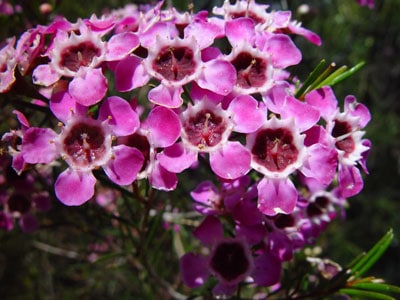
Preparation for Planting
Photo by: Leon Brooks
Plant your wax flowers in any season, except in winter. This is convenient for the gardeners for planting when they get the garden ready. The ideal time for planting is spring and autumn. Organic matter as a top additive, supplies nutrients and moisture to the plants and aids in draining the water from the soil in the garden. If the soil does not contain sand, add some of it to the garden. You should manage the remaining sand to balance the soil for best growth.
Planting
- Dig a tiny hole near to the dripper for easy accommodation of the peat pot.
- Place the plant in the hole and fill 1 cm soil.
- Take care to protect the peat pot and roots from damage.
- Either place a plastic bag on top of the pot or place them in a clear plastic container having a tight lid. Line the bottom of the pot with paper towels to facilitate even absorption of moisture.
- Place the pots 12 inches below fluorescent lights. Keeping the temperature at nearly 70 degrees F, you get the seeds to germinate within a week or two.
Placement and Watering
Place your most loved Wax flower plants in a basket, hang it in your room in a convenient place where you are able to admire it from your seat or porch. Wax flower plants grips on to the fence, so provision for climbing has to be made for the humid bud vase garden. Maintain the soil moist by frequent watering. Place a tray under the pot and add water to it, for the plants to absorb from under the pot.
Flowering Period
In order to have a flowering season from June to November in the conventional way, grow the wax flower in your garden and you will have varieties of them. The season and the variety grown is a determining factor in establishing the exact time of flowering. The other factors controlling flowering time are day length and temperature.
After Bloom Care
To put on show your blooms, select few wax flowers, arrange them at different heights, tie them with a rubber band and place in tiny cups (try using a mint julep cup). Embellish it with butterflies, birds and ornamental items; place it below a display dome. The other option is to hack the stems totally and display them around a candle pillar. Waxed flowers do last for almost a week.
As Cut Flowers
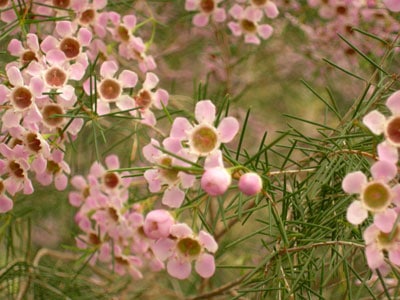
Photo by: SatuSuro
In Western Australia, Wax flowers (Chamelaucium uncinatum and other Chamelaucium varieties and hybrids) are in high demand in the local cut flower industry. This is on account of their high productivity and ease in cultivating. Single flowering stemmed flowers such as roses, chrysanthemums and carnations need a backing filler. They are in demand since it is a flower in their own right. Wax flower colors range from white, pale pink, dark pink to purple.

Having discovered a fondness for insects while pursuing her degree in Biology, Randi Jones was quite bugged to know that people usually dismissed these little creatures as “creepy-crawlies”.

